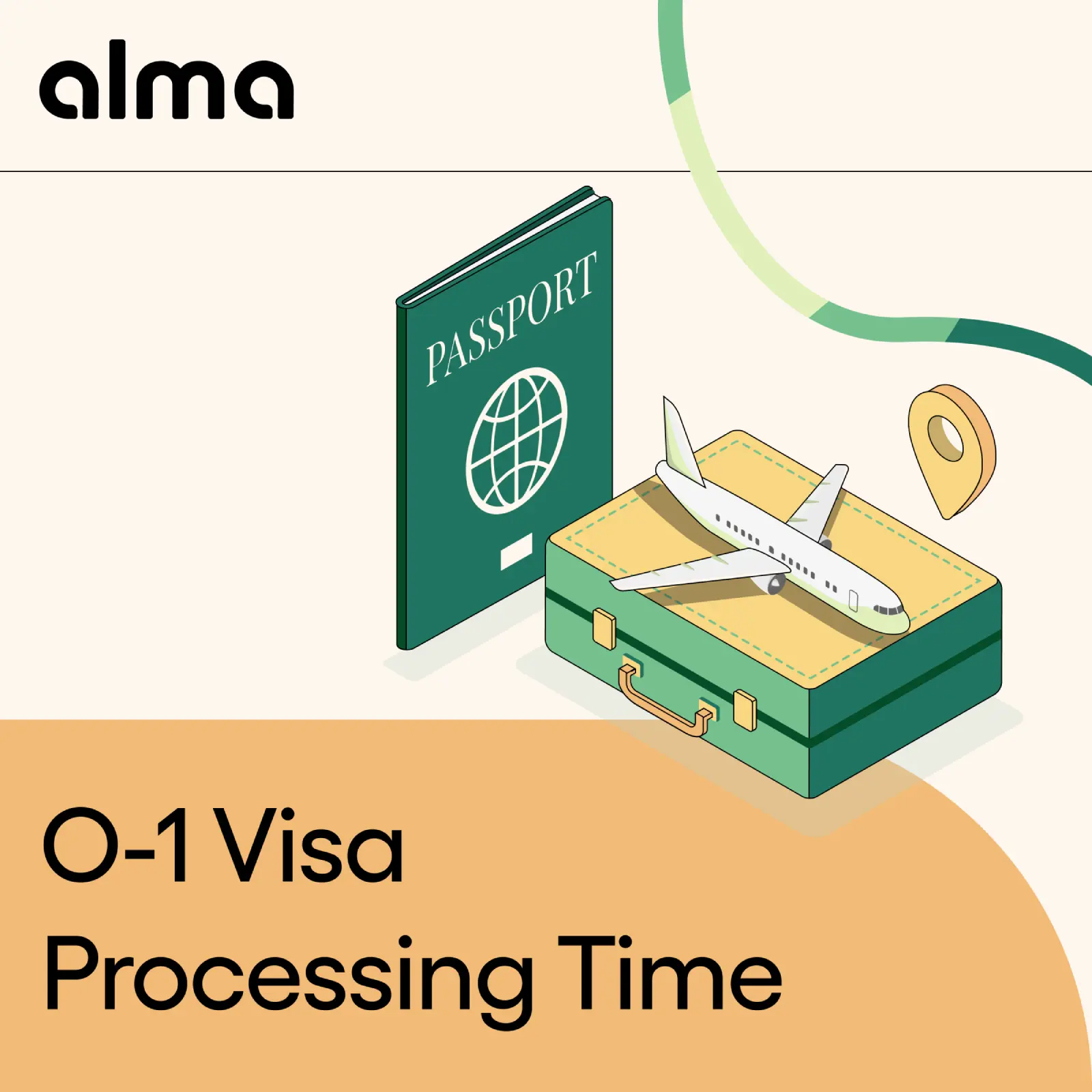- 118,660 unique beneficiaries selected in FY2026 - The beneficiary-centric lottery system shows 118,660 unique beneficiaries selected from 343,981 registrations, marking significant improvement in selection fairness
- Computer occupations dominate at 63.9% of approvals - Technology professionals represent nearly two-thirds of all H-1B approvals, with median salaries reaching $123,600 and Amazon leading employer sponsorship with 11,000+ annual approvals
- Approval rates soar to 98% in recent years - Down from 15% denial rates in FY2018, current approval statistics demonstrate the value of proper preparation and professional legal support for petition success
- Processing improvements deliver results significantly faster - Premium processing costs $2,805 and guarantees USCIS will take adjudicative action within 15 calendar days for most classifications, making strategic filing choices critical for time-sensitive cases
- Economic impact drives continued program support - H-1B holders contributed 30-50% of productivity growth between 1990-2010, creating complementary employment opportunities rather than displacing American workers
- Geographic concentration creates regional advantages - California leads with 61,000+ annual approvals, followed by technology hubs in Texas and New York, indicating strategic location benefits for applicants
Comprehensive data analysis from USCIS reports, congressional filings, and verified government sources
H-1B Lottery Selection & Registration Statistics
- 118,660 unique beneficiaries were selected in the FY2026 H-1B cap lottery. The latest USCIS data confirms 118,660 selections from 343,981 eligible registrations for FY2026. This selection rate from previous years reflects the success of anti-fraud measures and beneficiary-centric selection processes. The higher odds provide better opportunities for qualified candidates working with experienced immigration attorneys who understand registration strategies.
- 343,981 eligible registrations submitted for FY2026 represents a 26.9% decrease from FY2025. The significant drop from 470,342 registrations in FY2025 indicates the effectiveness of USCIS fraud prevention measures. This reduction in fraudulent multiple registrations creates fairer opportunities for legitimate applicants. The cleaner applicant pool rewards companies using proper legal channels rather than gaming the system.
- 780,884 registrations in FY2024 marked the highest since electronic registration began. The record-breaking 780,884 registrations for FY2024 demonstrated unprecedented demand before anti-fraud measures took effect. This peak highlighted systemic issues with multiple registrations that have since been addressed. The dramatic subsequent decline proves the value of working with compliant legal services.
- 57,600 unique employers submitted H-1B registrations for FY2026. Data shows 57,600 employers participated in the FY2026 lottery, demonstrating broad corporate participation. This employer diversity creates opportunities across industries and company sizes. Organizations using Alma's platform gain competitive advantages through streamlined registration processes.
- The 85,000 annual H-1B cap has remained unchanged since 2005. Despite growing demand, the 85,000 visa limit (65,000 regular + 20,000 master's) hasn't increased in nearly two decades. This static cap against rising applications intensifies competition each year. Professional preparation through specialized services becomes increasingly critical for selection success.
Approval Rates & Processing Performance
- 399,395 total H-1B petitions approved in FY2024. USCIS approved 399,395 H-1B petitions in FY2024, with 65% supporting existing workers. This high renewal rate demonstrates program stability for current visa holders. Companies managing multiple H-1B employees benefit from compliance platforms that track renewal deadlines.
- H-1B denial rates dropped to just 2% in FY2022 from 15% in FY2018. The dramatic improvement from 15% denials to 2% represents a more predictable approval environment. This shift rewards properly prepared applications with near-certain approval. Working with experienced legal counsel maximizes these favorable conditions.
- Premium processing costs $2,805 and guarantees USCIS will take adjudicative action within 15 calendar days for most classifications. The premium processing fee of $2,805 reflects inflation while maintaining the expedited timeline guarantee. This option proves valuable for time-sensitive employment starts. Strategic use of premium processing, guided by experienced counsel, optimizes both timing and costs.
Demographics & Industry Distribution
- 71% of approved H-1B beneficiaries in FY2024 were from India. Indian nationals dominated approvals at 71% of beneficiaries, followed by China at 11.7%. This concentration reflects global technology talent distribution and established immigration pathways. Understanding demographic trends helps applicants position their cases effectively.
- 63.9% of all approved H-1B workers employed in computer-related occupations. Technology roles represent 63.9% of approvals, demonstrating clear industry demand patterns. This concentration benefits STEM professionals with specialized skills. The data confirms technology companies' reliance on international talent for critical positions.
- The median age of approved H-1B beneficiaries in FY2024 was 34 years old. With a median age of 34, H-1B workers bring substantial experience to their roles. This age profile indicates mid-career professionals rather than entry-level workers. Experienced candidates often transition to permanent residence like EB-2 NIW.
- Male beneficiaries comprise 63% of approved initial H-1B employment petitions. Gender distribution shows 63% male beneficiaries in initial employment approvals. This ratio reflects broader workforce demographics while highlighting opportunities for increased diversity. Companies prioritizing inclusive hiring benefit from comprehensive immigration support.
Geographic & Employer Concentration
- California leads with 61,814 H-1B approvals in FY2024. The Golden State's 61,814 approvals far exceed other states, reflecting Silicon Valley's tech dominance. This geographic concentration creates ecosystem advantages for H-1B workers. Startup founders often leverage California's established immigration infrastructure.
- Amazon tops H-1B employers with over 11,000 approvals in FY2023. As the leading H-1B employer since 2020, Amazon's 11,000+ annual approvals set industry benchmarks. This scale demonstrates how major corporations depend on international talent. Companies aspiring to similar growth need scalable platforms.
- 16,797 H-1B workers employed by U.S. colleges and universities. Academic institutions employ 16,797 H-1B workers, often in research and specialized teaching roles. Universities benefit from cap-exempt status, avoiding lottery constraints. Academic professionals gain unique advantages through institutional sponsorship.
Economic Impact & Salary Data
- H-1B STEM immigrants contributed 30-50% of all U.S. productivity growth from 1990-2010. Economic research demonstrates H-1B holders drove 30-50% of productivity gains over two decades. This outsized contribution validates the program's economic importance. Companies leveraging international talent through proper visa channels gain competitive advantages.
- The median salary for computer-related H-1B workers reached $123,600 in FY2023. Technology H-1B workers earned a median $123,600, well above prevailing wages in many markets. These salary levels reflect genuine skill shortages rather than cheap labor concerns. Proper wage compliance protects both foreign and domestic workers.
- Processing improvements deliver results significantly faster than standard processing. While regular processing can extend many months, premium processing guarantees adjudicative action within 15 calendar days. This dramatic time difference makes strategic planning essential for time-sensitive employment needs. Companies benefit from working with attorneys who understand optimal filing strategies.
Other Articles
- List of Immigration Lawyers in Georgia
- Lighthouse Alternatives
- Lawfully Alternatives
- 18 Employment-Based Visa Statistics
- 18 Green Card Statistics
- 11 Visa Approval Rate Statistics
- 15 Visa Denial Rate Statistics
- Patrick Collison and their immigration story
- Vlad Tenev and their immigration story
- Satya Nadella and their immigration story
- Sergey Brin and their immigration story
- Parag Agrawal and their immigration story
- 14 Extraordinary Ability Visa Statistics
- 16 O-1 Approval Rate Statistics
- 15 High-Skilled Immigration Statistics
- 19 Visa Petition Statistics
- 12 I-140 Approval Statistics
Frequently Asked Questions
With recent selection data showing 118,660 selections from 343,981 registrations for FY2026, roughly one in three registrations receives selection. This rate reflects reduced fraud and cleaner applicant pools. Working with experienced attorneys who understand registration strategies can optimize your positioning within the lottery system.
Computer-related occupations dominate with 63.9% of approvals, followed by architecture and engineering at 10.2%. These statistics guide strategic positioning for maximum approval probability. Technology and engineering professionals have particularly strong chances when properly documented.
With denial rates at just 2% currently in 2022 versus 15% in 2018, properly prepared applications face excellent approval odds. This favorable environment rewards thorough documentation and compliance rather than aggressive legal arguments. Professional preparation ensures you capitalize on these historically low denial rates.
While H-1B remains popular for recent graduates, the lottery's uncertainty makes exploring alternatives crucial. Consider O-1 visas for exceptional ability or EB-2 NIW for direct green card paths. Strategic visa planning should evaluate multiple pathways rather than relying solely on H-1B lottery odds.
.png)


.png)




